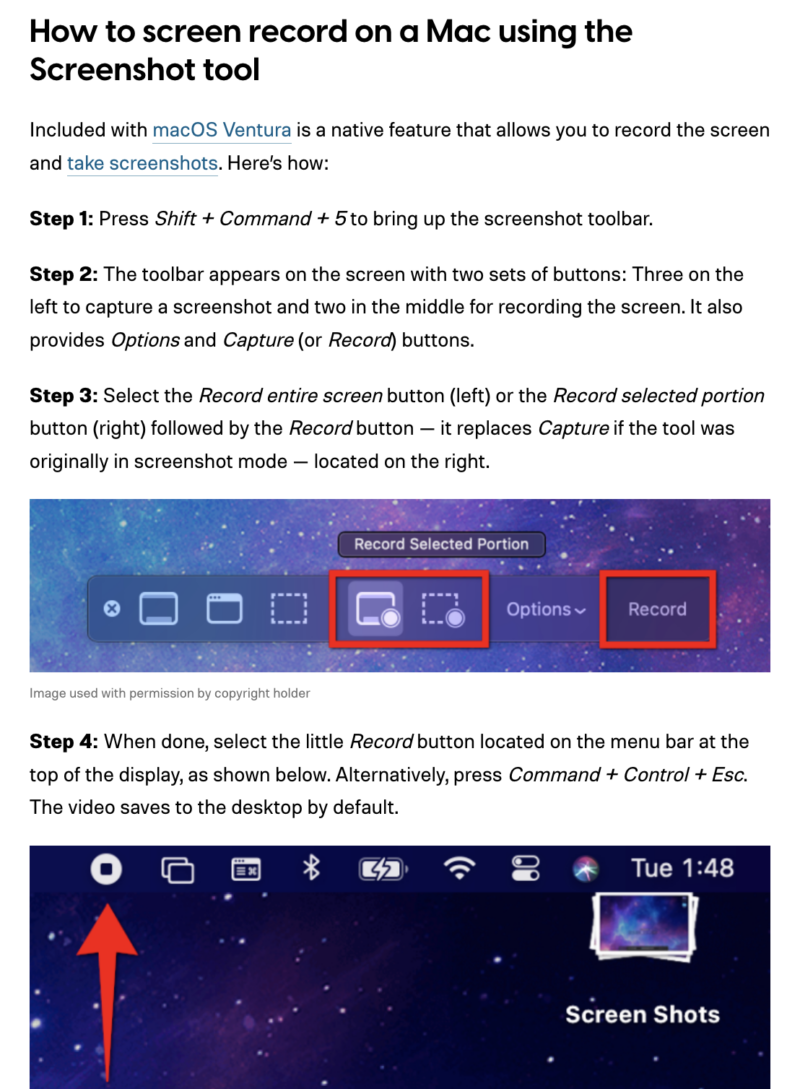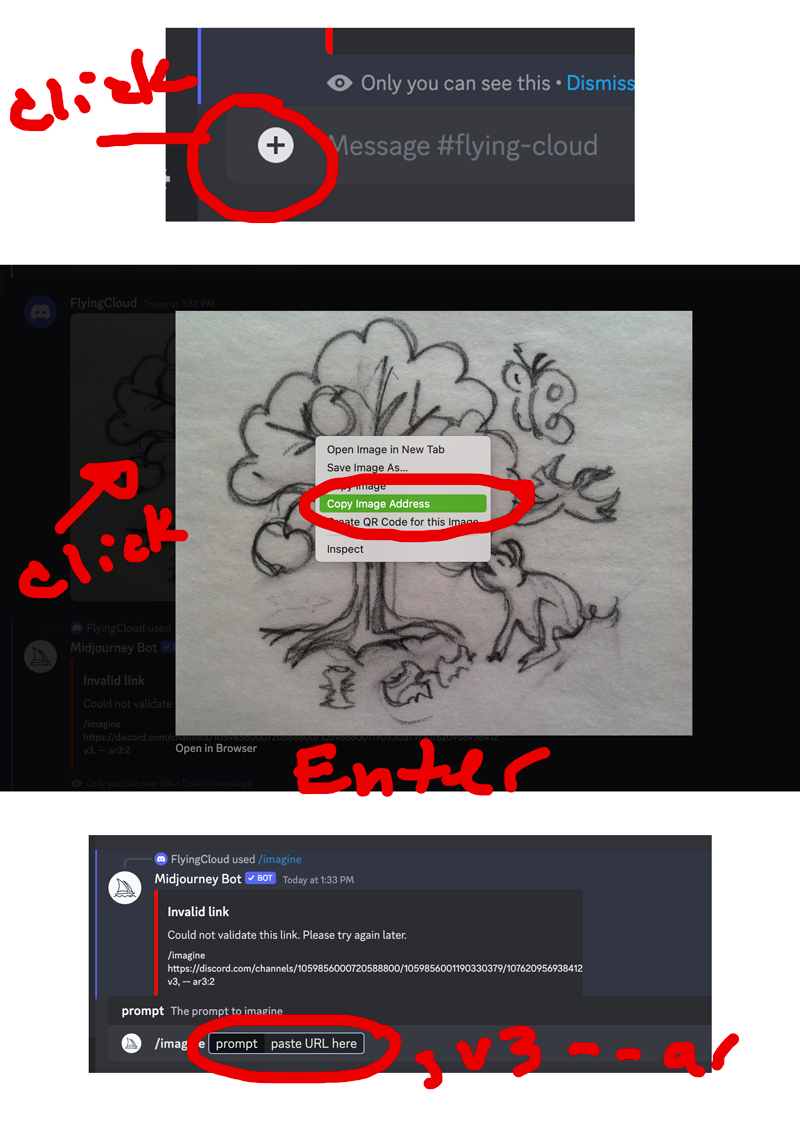3 things to know when pricing graphic design work
- Don’t believe the lie.
“this could mean more jobs for you down the road (just give me a deal now)”.
This is the biggest lie not to believe. People may approach a designer with: “if you do this now for nothing – it could mean more business for you”. Normally these offers come from seemingly interesting people – they have a great project in the works — then comes the big lie pitch — birds in the bush! Stay present think where you are now. If you really need the work – take it – but set clear parameters of what the deliverables will be and limit the number of hours. - Don’t negotiate for a smaller fee
Turn away work from anyone who wants to negotiate a smaller fee.
This is a big red flag. There will always be someone that will work for less. Be confident in your pricing, value yourself if you want other to value you. It’s OK to tell a client that you usually charge $100 but you can do it for $50. (In this instance you’re still setting the price.) Good clients value your work, value your time, will pay your asking price, and pay on time. - Offer a free service.
Set up a fixed free service, or, a product that’s always free to everyone (how about an eBook on how to be a good client). I give away a twenty minute consult — it may not seem seem like a lot, but anyone who calls with a legitimate job gets my insight on their project from my 30 years of sweat working in the corporate graphic design industry — that’s a big deal. It also gives me time with the client to feel them out — a true win-win. After the time limit the clock starts ticking. If you stick to the program, you’ll get serious buyers, and may avoid getting continuous calls for free advice from people who don’t value graphic design and what it brings to marketing a business. A client who does not value your time gets the red velvet rope treatment (read on).
Eventually you’ll see marketing your graphic design services is not all about money. In the book by Micheal Port, “Book Yourself Solid”, he describes the “red velvet rope”. This is akin to the rope they pull across the entrance of exclusive establishments — only letting through people they think worthy. He goes on to say that we should run our business that way — ideally, only let in the people we want to work with. (of course if you’re in dire straights you may need to open the door to everyone for a while). He also goes on about building relationships, good book (if you can read over the sales pitches tthroughout the book).
Remember, if you’re doing work you don’t like, working with people you don’t like, you’re going to end up miserable. Worse so, you may draw more miserable work to you and get stuck in a spiraling cycle of bad. I speak from experience — I spent years of working on projects with clients no other designer would touch — mostly due to the difficulty and high level of experience needed. But putting that aside, it left me with an unimpressive, unmarketable portfolio. If you continue to take in crap work, people will see you as that person who does the crap work (for free) — the stuff no other designer wants (let Mikey eat it).
Be selective on what is given out for free and what kind of clients to let in. Draw a clear line on what you do for free and what is paid work. Then, if you have the luxury, make sure your working for people you like on projects you love.


